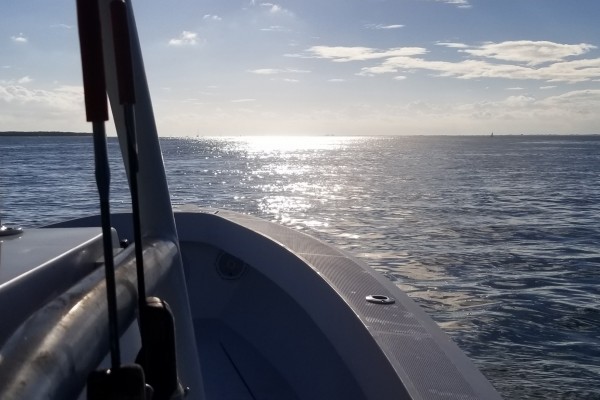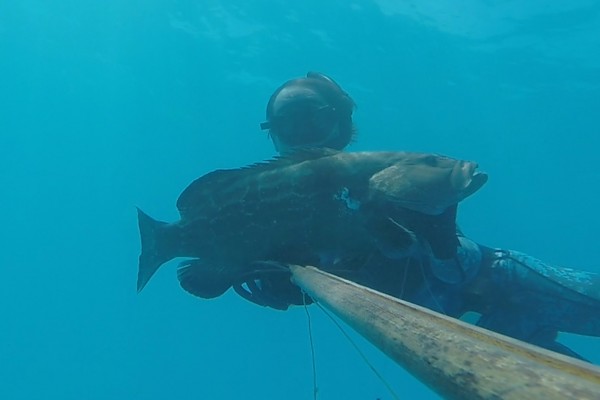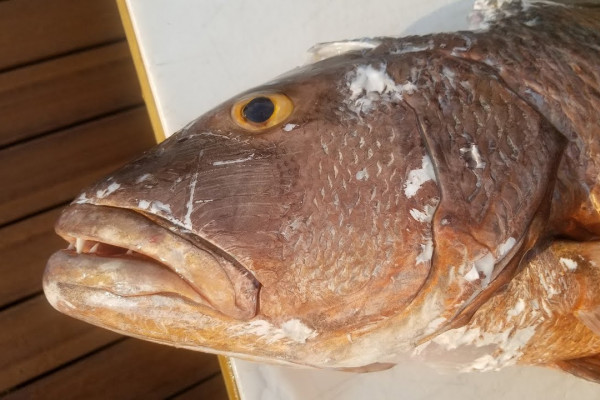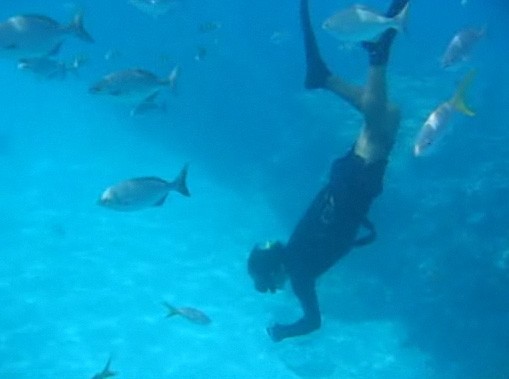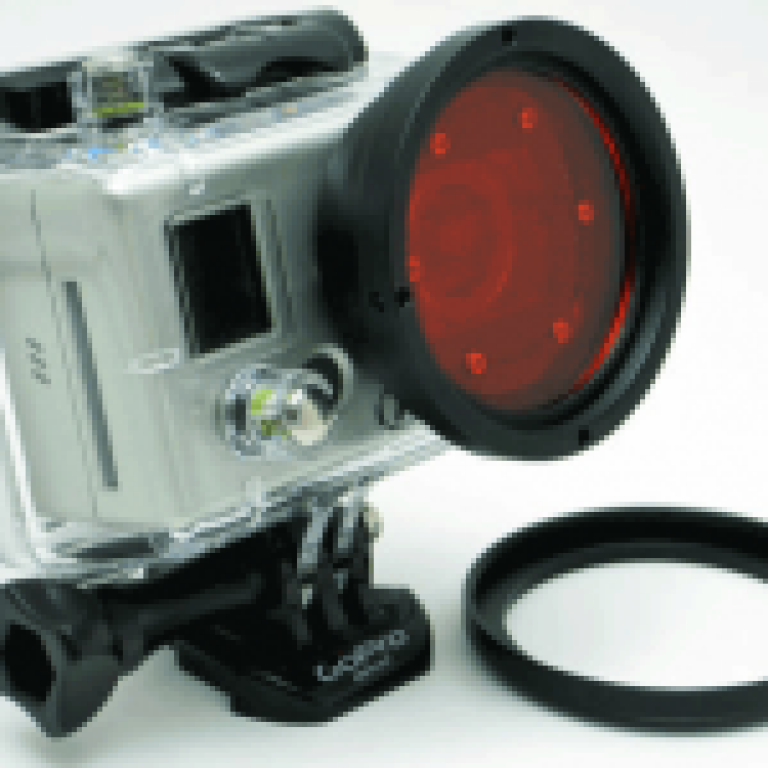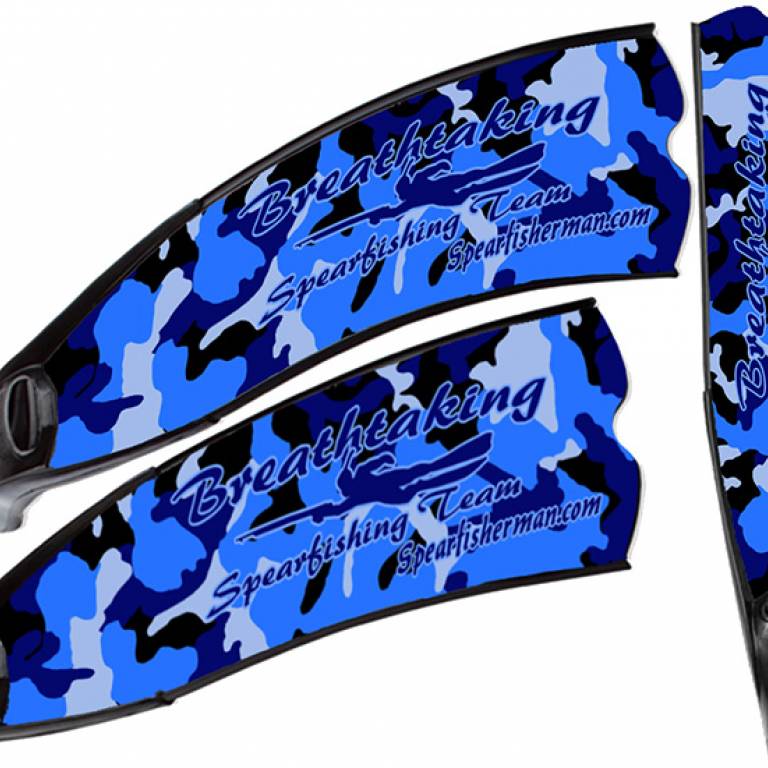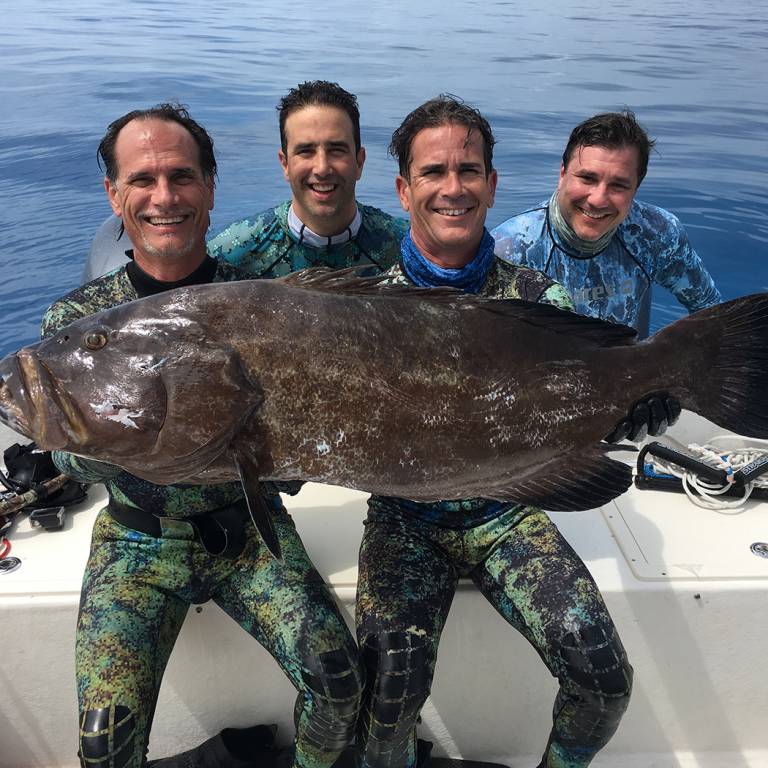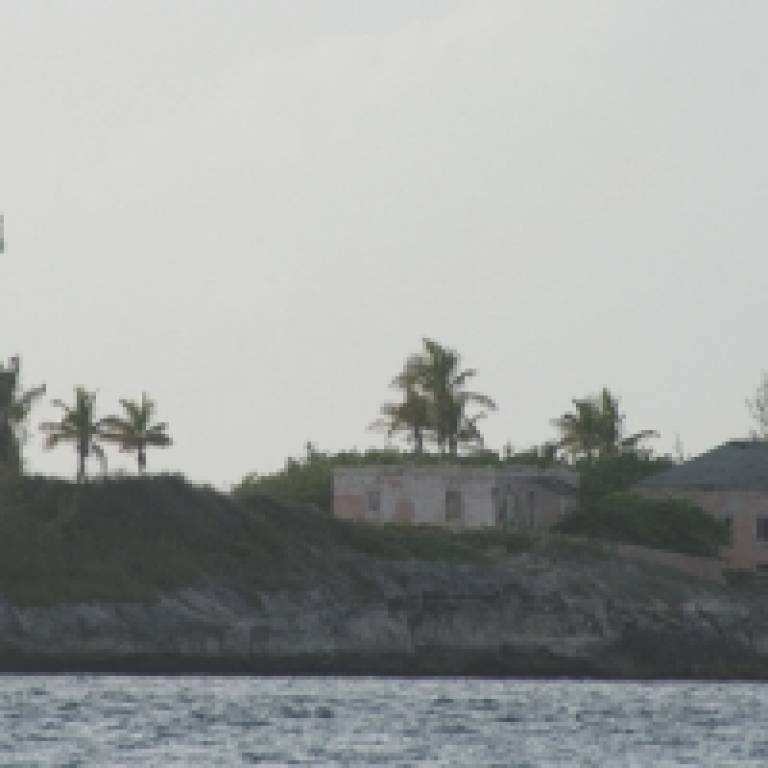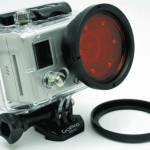 Hot on the heels of my review of the GoPro Hero2, I felt I would be remiss if I didn't follow up with a review of the case that resolves the one (and only one in my opinion) flaw in the Hero2 design, it's underwater focus (or lack thereof) flaw. You see, as I wrote about in the Hero2 review the curved lens on the stock case creates a focus fallacy when shooting underwater. It's fairly common knowledge now, so if you want to read about it, you can check out my other review (so I dont rehash it here) but this case is an easy (though not necessarily cheap) fix for the issue along with an enhancement not found on other solutions.
Hot on the heels of my review of the GoPro Hero2, I felt I would be remiss if I didn't follow up with a review of the case that resolves the one (and only one in my opinion) flaw in the Hero2 design, it's underwater focus (or lack thereof) flaw. You see, as I wrote about in the Hero2 review the curved lens on the stock case creates a focus fallacy when shooting underwater. It's fairly common knowledge now, so if you want to read about it, you can check out my other review (so I dont rehash it here) but this case is an easy (though not necessarily cheap) fix for the issue along with an enhancement not found on other solutions.
When the GoPro line started to take off a couple of years ago, many buyers noticed the issue with shooting video underwater and waited patiently for GoPro to produce a solution for the issue. After waiting for some time, some not-so-patient but innovative buyers crafted their own solutions (some prettier than others). They ranged from epoxy filled surface mounted discs of lexan to the somewhat more refined flat lens replacements that had you disecting your stock Hero case to replace the fisheye lens manually. Soon some of their more popular fixes began to appear as solutions you could purchase either as kits or pre-made cases that let you drop in your Hero without being concerned about leakage at depth.
The Oculus R5 Flat Lens case for the Hero is a fantastic accessory (even though I honestly don't consider it optional) for the Hero2. If you plan on utilizing the Hero2 underwater (as most people do) this case will give you the sharpness and clarity you get from the Hero above water, while underwater. The R5 Flat Lens case (so named for the "R5" designation for 1080p mode on the original Hero) appeared in both flavors when it was first introduced and it worked, as did a great many of the available options.
As with most solutions for this problem there was a vignetting effect when shooting in wide mode (170 degrees). This problem unfortunately does still exist with the current generation (which can be resolved by post production editing or by shooting in medium 127 degree wide mode) they have made one important addition to the case that in my opinion puts this particular flat lens case ahead of the pack in the race for crystal clear underwater video. The latest generation comes with step rings which allow you to utlize 46mm or 52mm lens filters.
To those that may not be in the know, in the pursuit of perfect underwater video, there is one feature that will give you the best available video, and that is the re-introdution of the red spectrum of light via filters when shooting underwater. We now welcome you to the (hopefully) informational and instructional segment of our program... You see, below about 15 feet of depth water's natural filtering attributes actually remove the color red from the visible spectrum. This is why most video you see from unfiltered underwater video cameras appears either washed in blue or green (depending on the clarity and color of the water). The re-introduction of red light creates color appropriate video at most depths without the need for artificial lighting (which most of us can't afford).
The step rings let you use standard camera color correction lenses to create beautiful color rich and correct scenes in all your underwater video. The step rings aren't without their issues however. When I used my R5 case with a filter for the first time, I overlooked a simple issue that plagues most underwater videographers, condensation. The step rings on the R5 case do not allow water to enter between the clear flat lens and the filter so it is possible for the air in between the lens and filter to condense with the constant changing of temperature from either depth or entering and exiting the water. This happened to me on my first use and I was rather upset about it at first until I realized there was a simple fix for the situation. All I did was screw on the filter AFTER entering the water.
This was a simple way to ensure there was no air between the lens and filter to avoid condensation. This also avoids another possible situation which I did not run into, but possible nonetheless. By filling the gap between the lens and filter with water, there is much less of a pressure differential acting upon the filter (which is not typically designed to withstand depth pressures) which could prevent the filter from being broken by water pressure.
Overall I think this is the best complete solution available for the Hero line of cameras. At the time of this writing, GoPro had finally announced the coming availability of their own underwater focus solution in the form of a flat lens case that they are scheduled to begin selling in the Winter of 2012. Considering its late entry to the game, I was suprised to see that this GoPro solution did not have any provisions for the use of filters. For those that choose a solution that does not have filter capabilities (whether GoPro or third party), there are a few vendors that offer a film that can be cut to insert in the case between the camera lens and the case lens providing filtering capabilities to just about any Hero case.
For me, the Oculus R5 case was a great investment to make sure I can take the type of video that this wonderful camera is inherently capable of with the greatest ease and without having to sacrifice quality of either image or color. As with most reviews... your mileage may vary.
Follow up: You can purchase the Oculus R5 in a multitude of configurations on ebay. They ship from places as far as Bangkok, Thailand so you should plan ahead if you're in need of the fix for an upcoming trip. A simple search on ebay for "oculus r5" will render results for the R5 flat lens fix in different configurations. Pick the setup that works best for your needs. Happy shooting (both video and fish)!



